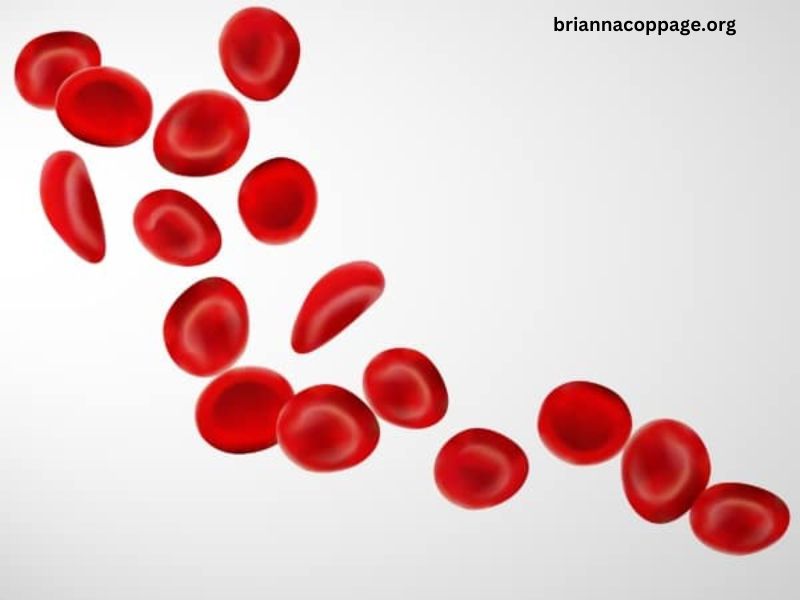Bloodborne pathogens (BBPs) are infectious microorganisms present in blood that can cause diseases in humans. Common examples include HIV, Hepatitis B (HBV), and Hepatitis C (HCV). Healthcare workers, by the nature of their jobs, face significant risks of exposure to these pathogens. This article delves into the most common risks associated with BBP exposure for healthcare workers and emphasizes the importance of preventative measures.
The Nature of Bloodborne Pathogens
Bloodborne pathogens can be transmitted through direct contact with infected blood or bodily fluids. This transmission can occur through various routes, including needlestick injuries, cuts, and mucous membrane exposure. Understanding the epidemiology and mechanisms of these pathogens is crucial in mitigating risks in healthcare settings.
Common Risks of Exposure
Among healthcare workers, the most common risk of exposure to bloodborne pathogens arises from needlestick injuries. These incidents occur when a healthcare worker inadvertently punctures their skin with a needle or other sharp object that has been in contact with infected blood. Although needlestick injuries are a significant concern, other risks such as splashes of contaminated fluids, improper disposal of sharps, and lack of protective equipment also contribute to BBP exposure.
1. Needlestick Injuries
Needlestick injuries account for a substantial portion of bloodborne pathogen exposures in healthcare settings. According to the Centers for Disease Control and Prevention (CDC), approximately 1,000 needlestick injuries occur each day among healthcare workers in the United States. The majority of these incidents involve needles used for injections or blood draws.
- Prevalence: Surgical and nursing staff are at the highest risk, particularly in high-pressure environments like emergency departments and operating rooms.
- Consequences: While not every needlestick results in transmission of a pathogen, the potential consequences can be severe. For instance, the risk of contracting HBV after a needlestick from an infected patient is about 30%, while the risk for HCV is approximately 3%, and for HIV, it’s around 0.3%.
2. Exposure to Contaminated Fluids
Apart from needlesticks, healthcare workers are also at risk of exposure to bloodborne pathogens through splashes or spills of contaminated fluids. This can happen during various procedures, such as surgeries or when handling open wounds.
- Mucous Membrane Exposure: If infected blood or bodily fluids come into contact with mucous membranes (such as the eyes, nose, or mouth), there is a risk of transmission. This exposure can occur in emergency situations where rapid intervention is required, often without adequate protective measures in place.
3. Improper Disposal of Sharps
Another significant risk factor for BBP exposure stems from the improper disposal of sharps, such as needles and scalpel blades. Healthcare facilities must follow strict protocols for the disposal of these items to minimize risk.
- Lack of Safety Mechanisms: Inadequate safety mechanisms, such as the absence of sharps containers in accessible locations, can lead to improper disposal and increase the risk of needlestick injuries.
4. Inadequate Personal Protective Equipment (PPE)
The use of personal protective equipment is crucial in reducing the risk of BBP exposure. However, the lack of appropriate PPE or failure to use it properly can elevate the risk.
- Types of PPE: Gloves, gowns, masks, and eye protection serve as barriers against blood and bodily fluids. If workers do not wear PPE when required, they are at a higher risk of exposure.
Factors Contributing to Increased Risk
Several factors can exacerbate the risk of exposure to bloodborne pathogens in healthcare settings. Understanding these can aid in developing effective prevention strategies.
1. High-Risk Environments
Certain environments inherently pose higher risks for exposure to BBPs. Emergency rooms, operating rooms, and inpatient wards dealing with infectious diseases are particularly high-risk.
2. Staff Training and Awareness
Insufficient training and awareness about the risks of BBP exposure and the importance of safety protocols can increase vulnerability. Regular training sessions can help reinforce best practices for preventing exposure.
3. Workload and Fatigue
High patient loads and long working hours can lead to fatigue among healthcare workers, which may result in lapses in following safety protocols. Ensuring adequate staffing levels can mitigate this risk.
Prevention Strategies
Preventing exposure to bloodborne pathogens requires a multi-faceted approach involving education, training, and stringent safety protocols.
1. Education and Training
Regular training on BBP risks and the use of safety devices can empower healthcare workers to protect themselves effectively. Topics should include:
- Understanding bloodborne pathogens and their transmission.
- Safe handling and disposal of sharps.
- Proper use of PPE.
- Procedures to follow in case of exposure.
2. Implementing Safety Devices
The use of safety-engineered devices, such as retractable needles and blunt-tip suture needles, can significantly reduce the risk of needlestick injuries. Employers should prioritize the adoption of these devices.
3. Encouraging Reporting of Incidents
Encouraging healthcare workers to report needlestick injuries and other exposures is crucial for understanding the extent of the problem and developing targeted interventions. A non-punitive reporting system can foster an open culture regarding safety.
4. Strict Adherence to Protocols
Healthcare facilities must have stringent protocols for infection control, including proper disposal of sharps and use of PPE. Regular audits and feedback can help ensure compliance.
Post-Exposure Protocols
Despite best efforts, exposure incidents may still occur. A clear and effective post-exposure protocol is essential for minimizing the consequences.
1. Immediate Action
Healthcare workers should know the steps to take immediately following exposure. This includes washing the area with soap and water, reporting the incident, and seeking medical evaluation.
2. Medical Evaluation and Follow-Up
After an exposure incident, workers should receive a comprehensive medical evaluation. This includes assessing the risk of transmission based on the type of exposure, the pathogen involved, and the health status of the source patient.
3. Vaccination and Prophylaxis
For certain BBPs, such as HBV, vaccination can provide a crucial layer of protection. In cases of potential HIV exposure, post-exposure prophylaxis (PEP) may be recommended if initiated within a specific timeframe.
Conclusion
The risk of exposure to bloodborne pathogens remains a significant concern for healthcare workers. Needlestick injuries are the most common risk, but other factors, such as exposure to contaminated fluids and improper safety practices, also contribute. By implementing comprehensive training, utilizing safety devices, and fostering a culture of safety, healthcare facilities can significantly mitigate these risks. Ongoing education, strict adherence to protocols, and effective post-exposure measures are essential to protect the health and well-being of those dedicated to caring for others. The safety of healthcare workers is not just a regulatory requirement; it is a moral obligation to those who put their lives on the line for the health of others.






